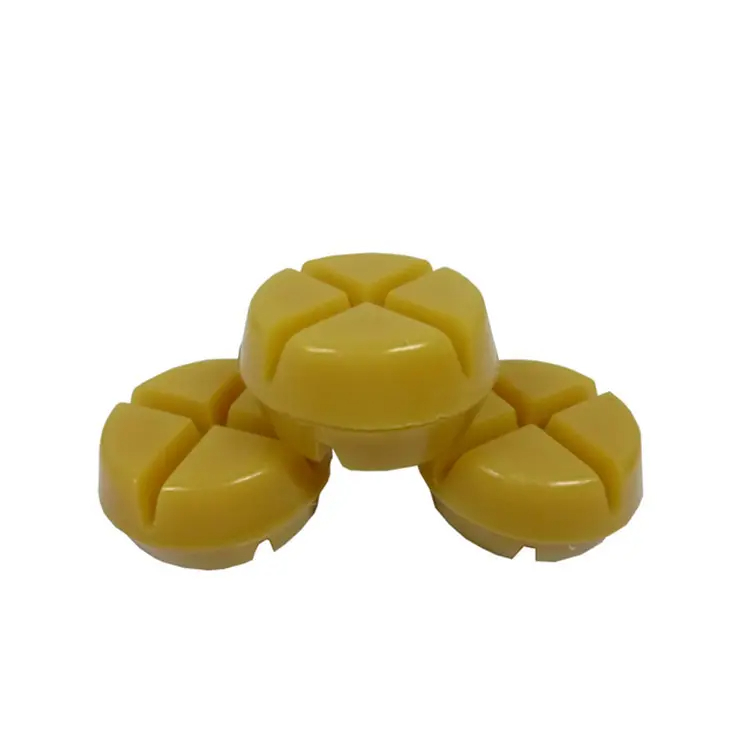Introduction
When it comes to finishing woodwork, selecting the appropriate waxs can make all the difference in achieving the desired result. Soft wax and hard wax are two popular options, each with its own unique properties and applications. In this comprehensive guide, we’ll explore the differences between soft wax and hard wax, as well as their respective advantages and disadvantages, to help you choose the right finish for your woodwork projects.
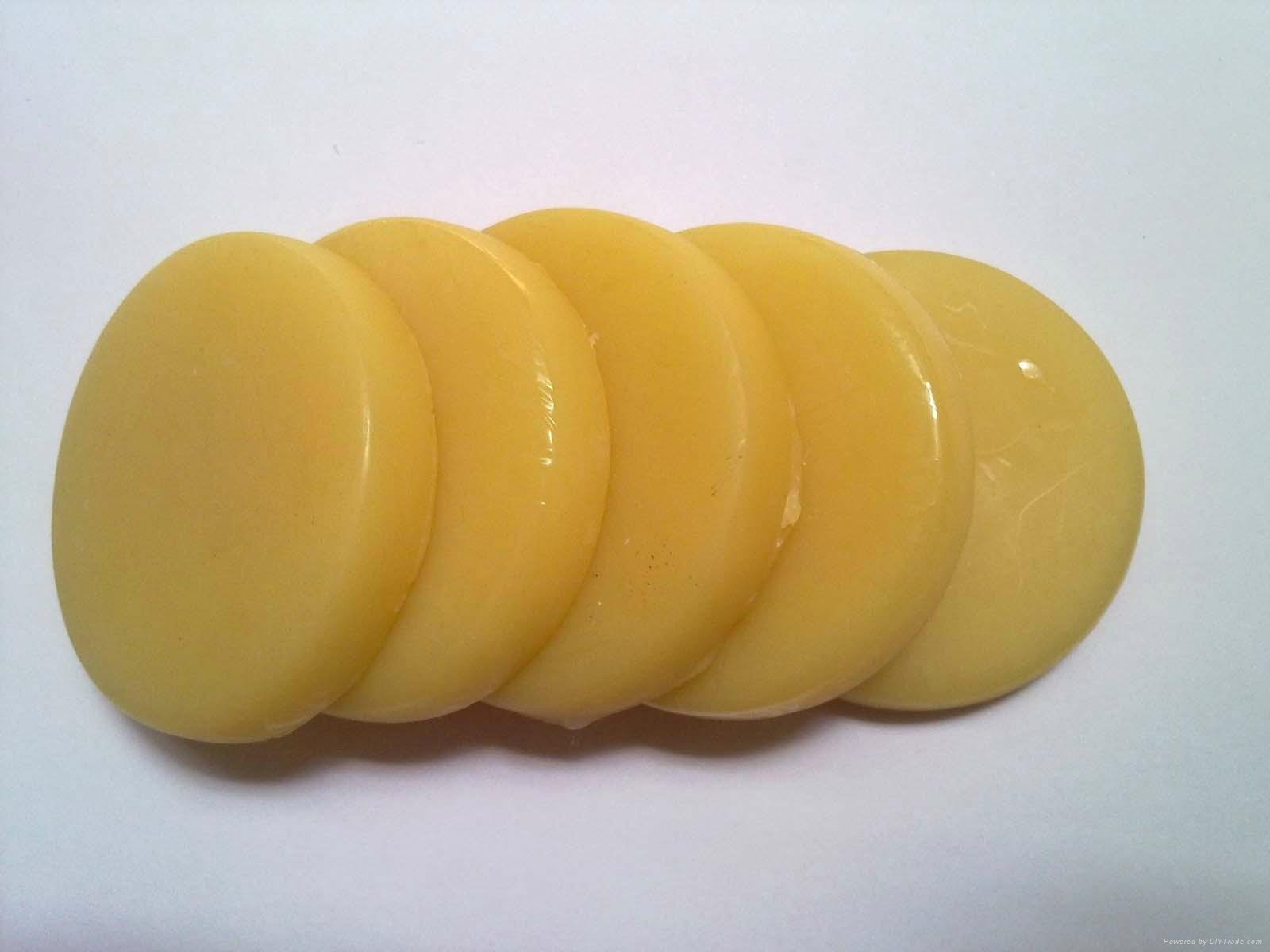
Understanding Soft Wax
Soft wax, also known as paste wax, is a blend of natural waxes, such as beeswax and carnauba wax, mixed with solvents and sometimes oils. It has a soft, pliable consistency and is typically applied with a cloth or brush. Soft wax is known for its ease of application and versatility, making it suitable for a wide range of wood finishes.
Advantages of Soft Wax
- Ease of Application: Soft waxs is easy to apply and can be worked into intricate details and crevices of woodwork with ease. It spreads smoothly and evenly, leaving behind a lustrous finish.
- Enhanced Depth and Sheen: Soft wax enhances the natural beauty of wood by deepening its color and adding a soft, subtle sheen. It brings out the grain and texture of the wood, giving it a warm and inviting appearance.
- Repairability: One of the key benefits of soft wax is its repairability. If the finish becomes dull or scratched over time, it can be easily refreshed by applying a fresh coat of wax and buffing it to a shine.
- Protection: Soft wax provides a protective layer over the wood surface, helping to repel moisture, dust, and dirt. It also helps to prevent drying and cracking of the wood, prolonging its lifespan.
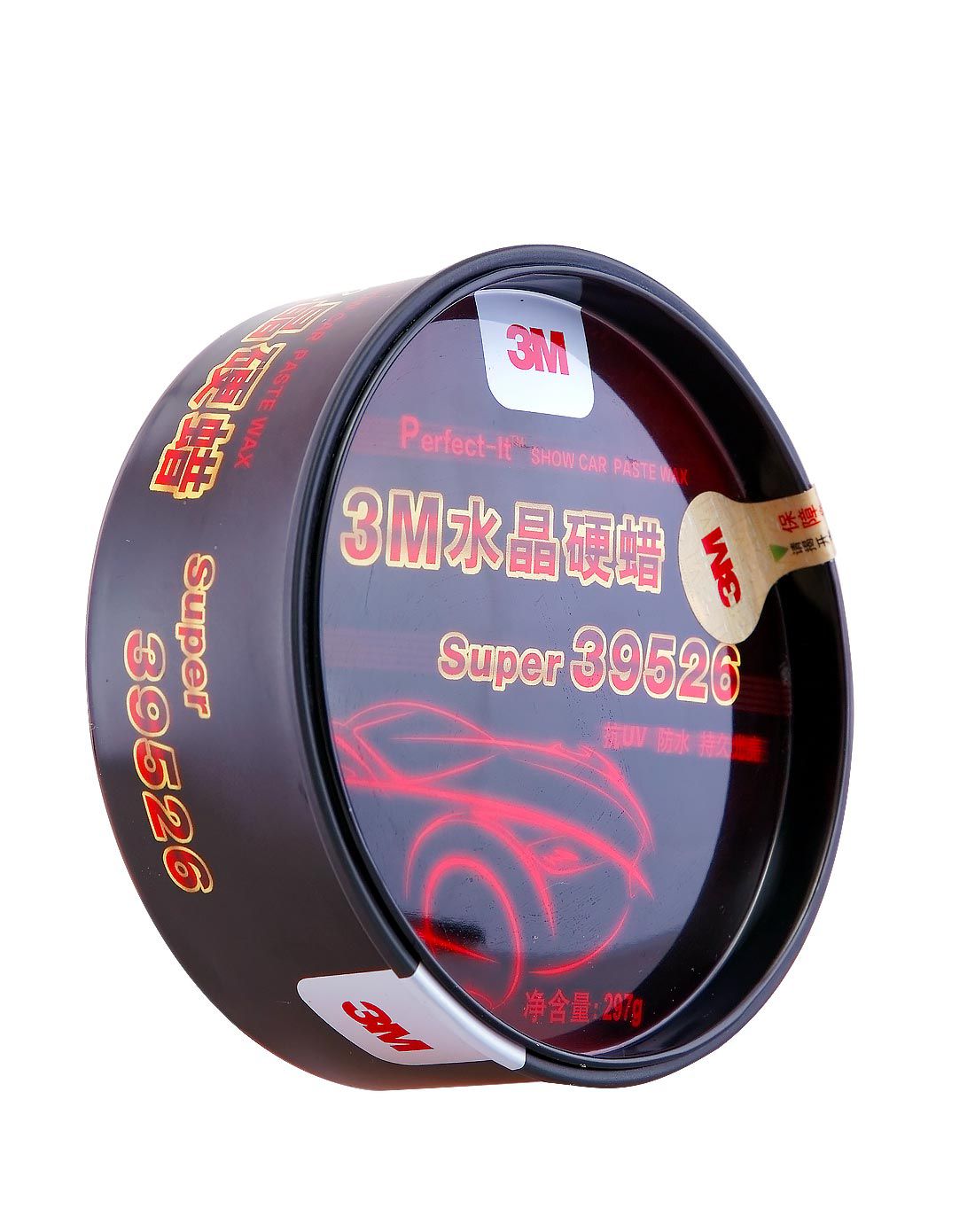
Disadvantages of Soft Wax
- Durability: While soft wax provides some level of protection, it is not as durable as hard wax. It may wear away more quickly, especially in high-traffic areas or on surfaces that are frequently touched or rubbed.
- Maintenance: Soft wax may require more frequent maintenance compared to hard wax. Over time, the finish may become dull or worn, necessitating reapplication to maintain its appearance and protective properties.
Understanding Hard Wax
Hard wax, also known as liquid wax or floor wax, is a blend of natural and synthetic waxes that dries to a hard, durable finish. It is typically applied with a brush or roller and allowed to dry before buffing to a shine. Hard wax is commonly used as a protective finish for floors, furniture, and other wood surfaces.
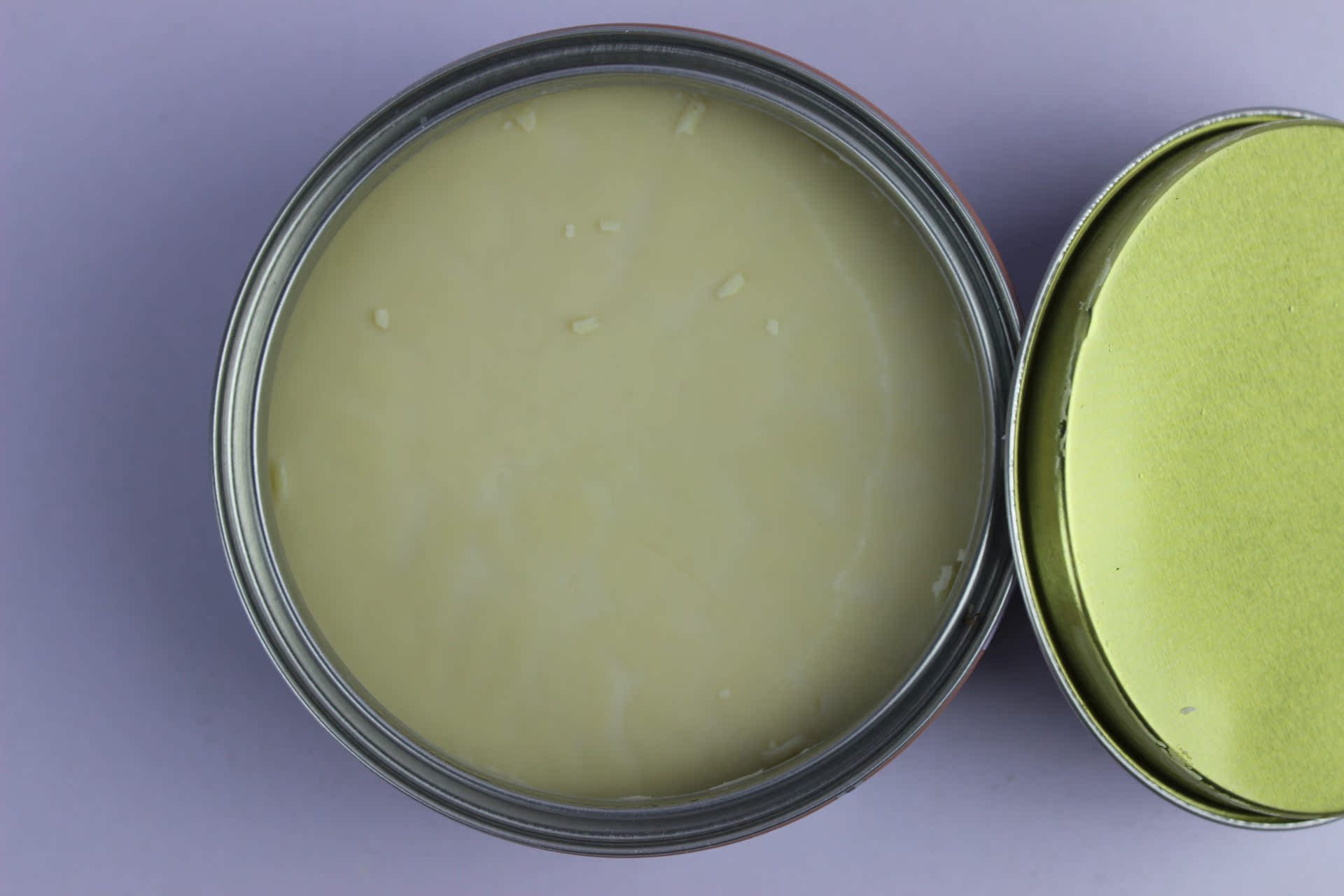
Advantages of Hard Wax
- Durability: Hard wax is known for its exceptional durability and resistance to wear and tear. Once dry, it forms a tough, protective layer over the wood surface that can withstand heavy use and foot traffic.
- Longevity: Unlike soft wax, which may need to be reapplied periodically, hard wax can provide long-lasting protection for woodwork with minimal maintenance. It is less prone to scratching, scuffing, and wear, making it ideal for high-traffic areas.
- Water Resistance: Hard wax provides superior water resistance compared to soft wax. It helps to repel moisture and spills, preventing water damage and staining of the wood surface.
- Versatility: While hard wax is commonly used as a floor finish, it can also be used on furniture, countertops, and other wood surfaces. It is available in a variety of formulations, including matte, satin, and gloss finishes, to suit different preferences and applications.
Disadvantages of Hard Wax
- Application Difficulty: Applying hard wax can be more challenging than soft wax due to its thicker consistency and faster drying time. It requires careful application to ensure even coverage and avoid streaks or bubbles.
- Limited Repairability: Unlike soft wax, hard wax is less forgiving when it comes to repairs. Scratches or damage to the finish may require sanding and refinishing to restore the wood surface, which can be time-consuming and labor-intensive.
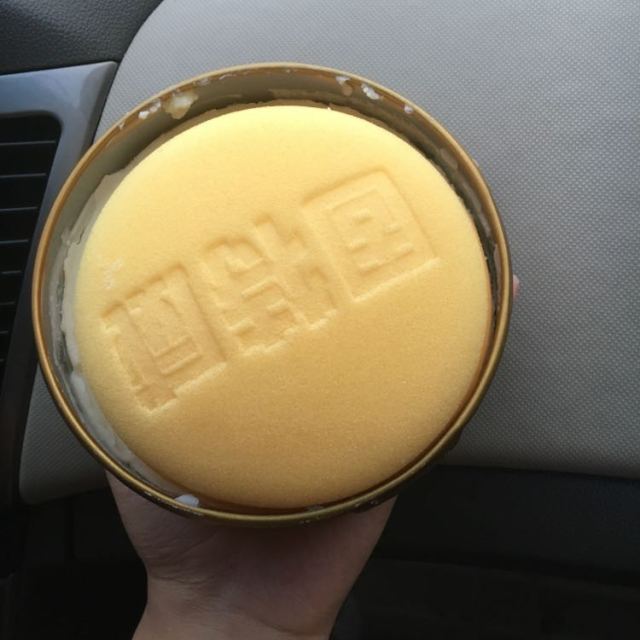
Choosing the Right Finish for Your Woodwork
When deciding between soft waxs and hard wax for your woodwork projects, consider the following factors:
- Type of Wood: Some types of wood may be better suited to soft wax finishes, while others may benefit from the added durability of hard wax. Consider the species of wood you are working with and its specific characteristics and requirements.
- Intended Use: Think about how the woodwork will be used and the level of protection it requires. For high-traffic areas or surfaces that are prone to spills and moisture, a hard wax finish may be more appropriate. For decorative pieces or furniture that receive less wear and tear, soft wax may suffice.
- Desired Aesthetic: Consider the aesthetic qualities you want to achieve with your woodwork. Soft wax provides a warm, natural sheen that enhances the beauty of the wood, while hard wax offers a durable, glossy finish that adds a touch of elegance and sophistication.
- Maintenance Preferences: Evaluate your maintenance preferences and schedule. Soft wax may require more frequent reapplication to maintain its appearance and protective properties, while hard wax provides long-lasting durability with minimal maintenance.
Comparing Cost and Availability
Cost and availability are additional factors to consider when choosing between soft wax and hard wax for your woodwork projects.
Soft wax is often more readily available and may be less expensive compared to hard wax. It can be found in most hardware stores, home improvement centers, and online retailers. Additionally, soft wax typically requires fewer tools and equipment for application, making it a more budget-friendly option for DIY enthusiasts.
On the other hand, hard wax may be slightly more expensive and less widely available than soft wax. However, it is still accessible through specialty woodworking stores, online suppliers, and some home improvement centers. While the initial cost of hard wax may be higher, its long-lasting durability and minimal maintenance requirements can make it a cost-effective choice in the long run.
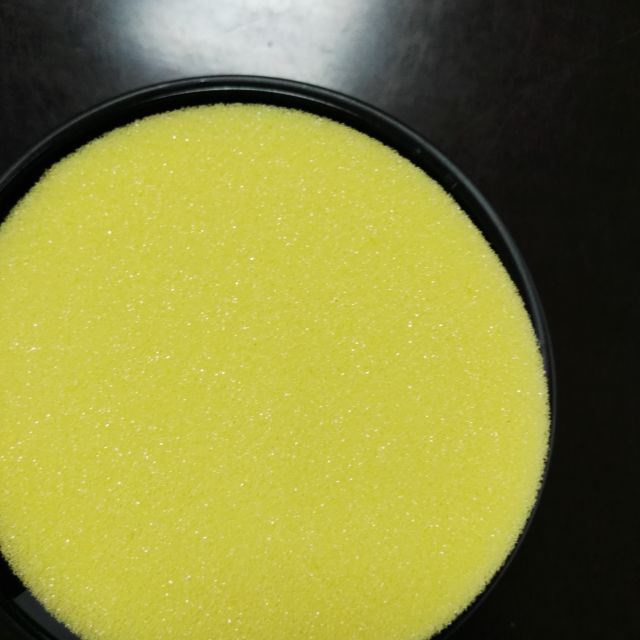
Environmental Considerations
Environmental considerations may also influence your decision when choosing between soft wax and hard wax finishes for your woodwork projects.
Soft waxs is typically made from natural waxes, such as beeswax and carnauba wax, mixed with solvents and oils. While these ingredients are generally consider safe and environmentally friendly, some individuals may prefer to use products that have minimal chemical additives or volatile organic compounds (VOCs).
Hard wax formulations may contain a combination of natural and synthetic waxes, as well as solvents and additives to enhance durability and performance. It’s essential to research the specific ingredients and manufacturing processes of the hard wax products you’re considering to ensure they meet your environmental standards and preferences.
Additionally, consider the environmental impact of the application and disposal of wax finishes. Both soft wax and hard wax require proper ventilation during application to minimize exposure to fumes and odors. Dispose of any unused wax and cleaning materials according to local regulations and guidelines to minimize environmental impact.
Personal Preference and Experience
Ultimately, personal preference and experience play a significant role in determining which type of wax finish is best suit to your woodwork projects.
Some woodworkers may prefer the ease of application and versatility of soft wax, while others may appreciate the durability and longevity of hard wax. Consider your level of experience with woodworking and finishing techniques, as well as your aesthetic preferences and desired outcome for the finished project.
Experimenting with different types of wax finishes on scrap wood or small test pieces can help you determine which option best meets your needs and preferences. Don’t be afraid to try out new techniques and products to find the perfect finish for your woodwork projects.
Conclusion
Soft waxs and hard wax offer distinct advantages and disadvantages as finishes for woodwork projects. Soft waxs provides ease of application, enhanced depth and sheen, and repairability, while hard wax offers exceptional durability, longevity, water resistance, and versatility. When choosing between the two, consider factors such as the type of wood, intend to use, desire aesthetic, and maintenance preferences to determine which finish is best suit to your needs. By selecting the right wax finish, you can protect and enhance the beauty of your woodwork for years to come.





